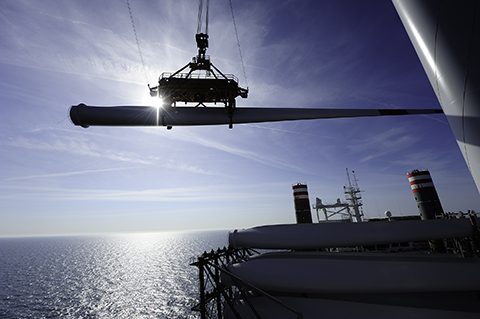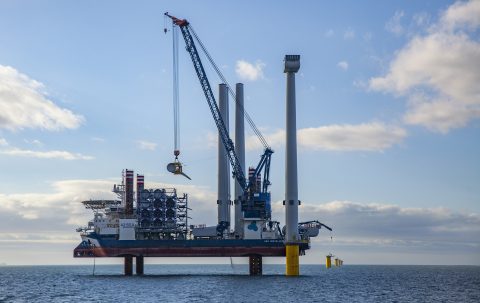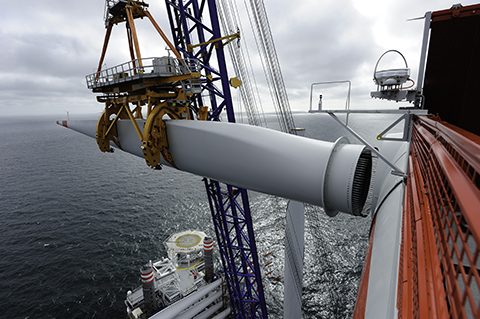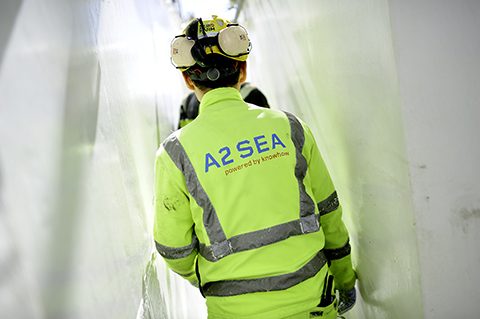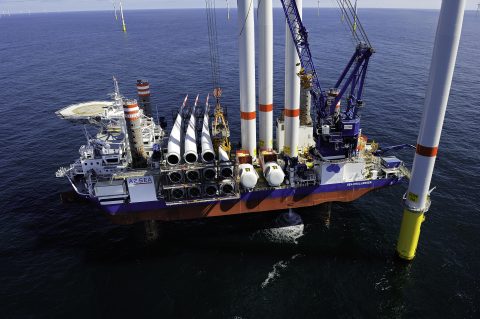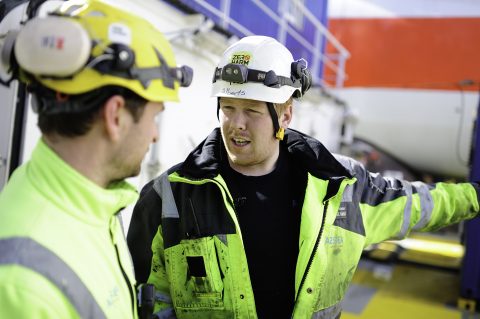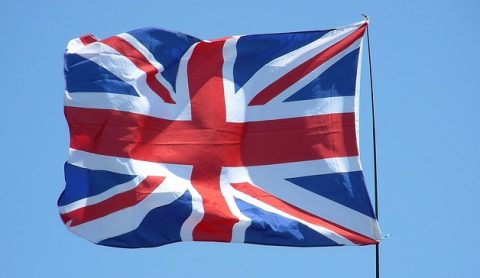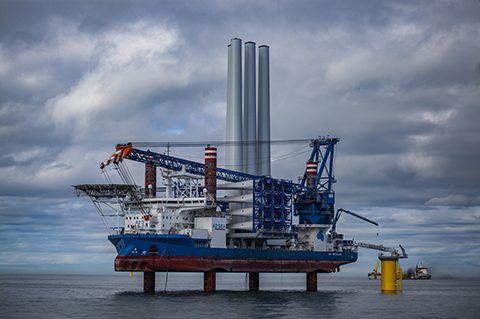
By Klaus Holm Nissen, Project Manager, A2SEA
SEA INSTALLER and her crew have just installed the eighteenth of 32 MHI Vestas V164-8.0 MW turbines at Burbo Bank Extension. So far, we’ve made excellent progress, despite having to work with a lot of new, specialised lifting equipment for these large components. With the learning curves behind us, and if the weather continues to cooperate as nicely as it has to date, we expect to be finished mid to late December.
This is the first time we’ve installed a MHI Vestas V164-8.0 MW turbine. Yet the task presents relatively few challenges for us. Perhaps the most difficult part of the project, seen from A2SEA’s point of view, is the sea bed in the area. With a lot of clay and sand, as well as some silt, it’s a tricky task to jack up securely. That kind of surface composition can be very sticky, which initially had us thinking we might have problems retracting the legs. But it didn’t turn out to be much of a problem. There were, of course, some extended pre-load periods in order for us to compress the soil sufficiently and make sure it was able to support the vessel – even in a storm.

